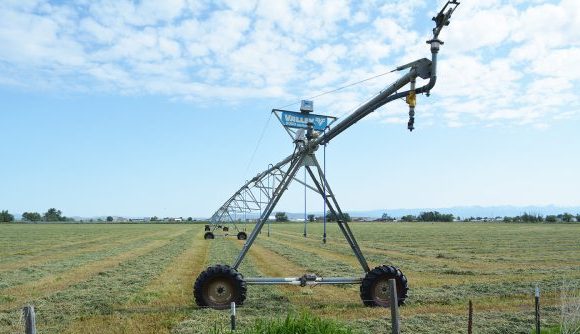State looks at building “the last mile” themselves
Published 6:50 am Tuesday, April 3, 2018
There’s been a tiny wiggle on bringing high-speed internet to Wallowa County.
Commissioner Susan Roberts reports that the Association of Oregon Counties recently inquired if Wallowa County had any opposition to the state instigating a “last mile” plan.
That term is used to describe building out the final sections of fiber optic cable lines to consumers.
Verizon built lines from Imbler through Joseph back in 2002. The company also built fiber to Imnaha and the unincorporated area of Imnaha River Woods.
Back then, download speeds were measured in kilobits per second, (kbps) rather than megabits per second (mbps). A top speed of 10 mbps was the dream.
Fast forward more than 15 years, most internet in Wallowa County is provided by two fixed wireless providers who are connected to the “backbone” laid down by Verizon via antennas: Wallowa Valley Networks and EONI. WVN advertises a download speed of 26 mbps; EONI a 15 mbps capability.
Frontier, EONI, HughesNet and Viasat/Exed also provide DSL or satellite Internet in the county and advertise speeds up to 30 mbps.
Not that consumers are regularly experiencing those promised speeds.
Consumer advocacy group BroadbandNow tested Internet download speeds in Wallowa County for the last 12 months and reported that speeds remain far below optimum. Although there were occasional peaks above 30 mbps, Enterprise customers using any provider had an average download speed of 7.84 mbps. This is 338.9 percent slower than the average in Oregon.
BroadbandNow also found the top speed available to consumers in Enterprise was 24 mbps. Wallowa had slightly higher average download speeds: 9.92, while Joseph’s average download speed was 2.66.
According to their research, more than 88 percent of Oregonians have access to 100 mbps or faster broadband.
Schools in the county, however, are on target. Schools have been benefiting from a massive federal program, the Universal Service for Schools and Libraries Program (E-Rate), which provided (20 to 90 percent discounted) loans to fund Internet infrastructure. That program was launched in 2014 and updated in 2016. Billions of dollars were made available to schools across the nation.
However, Oregon remains behind the eight ball on the subject. A recent study by Education Superhighway, found that over 300 K-12 schools in Oregon—nearly 25 percent—lack access to broadband and over 80 percent of all K-12 schools will not meet the broadband standards that become effective in 2017-18.
In an effort to address the deficiencies in rural communities and speed up the goal of connecting all federal and state parks, the Oregon Legislature passed Bill 4023 in 2017, allowing the state to provide broadband services to counties, rather than wait for private providers to get with the program.
“They would string the fiber to the lake, it would be here to be used by the private companies,” Roberts said.
Access would be leased to local cable operations, allowing both the cable company and the state to recoup their investments.









